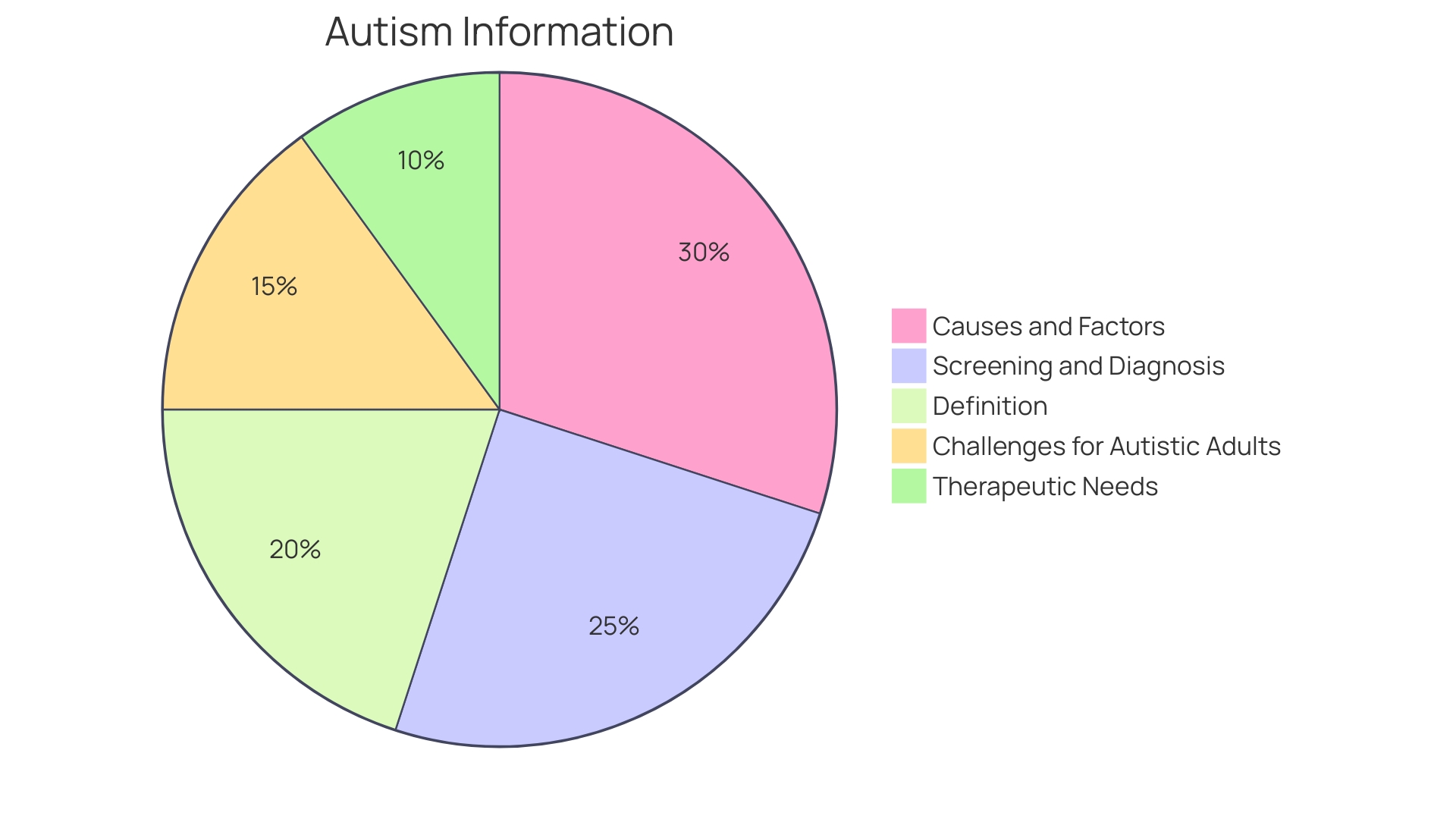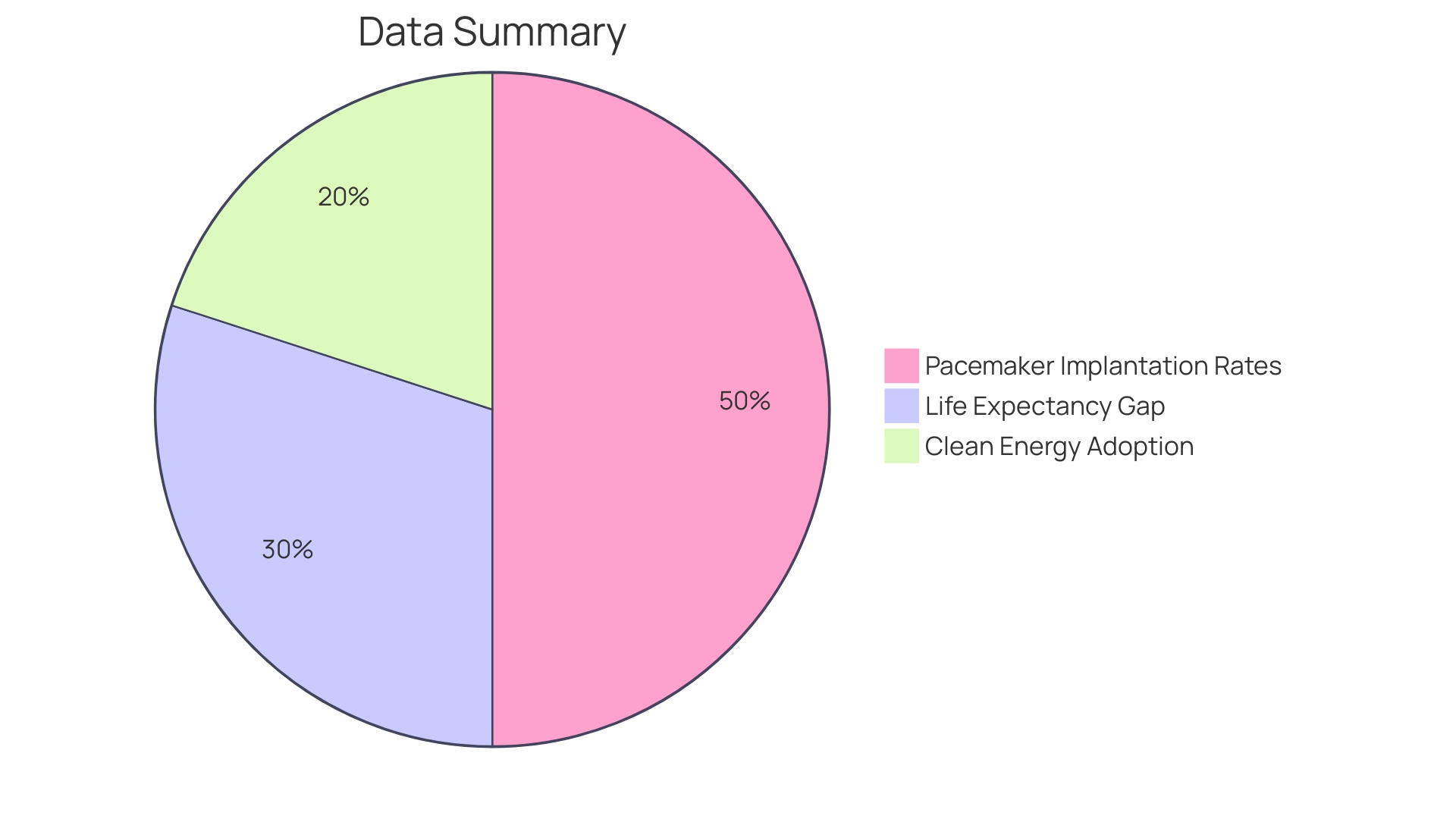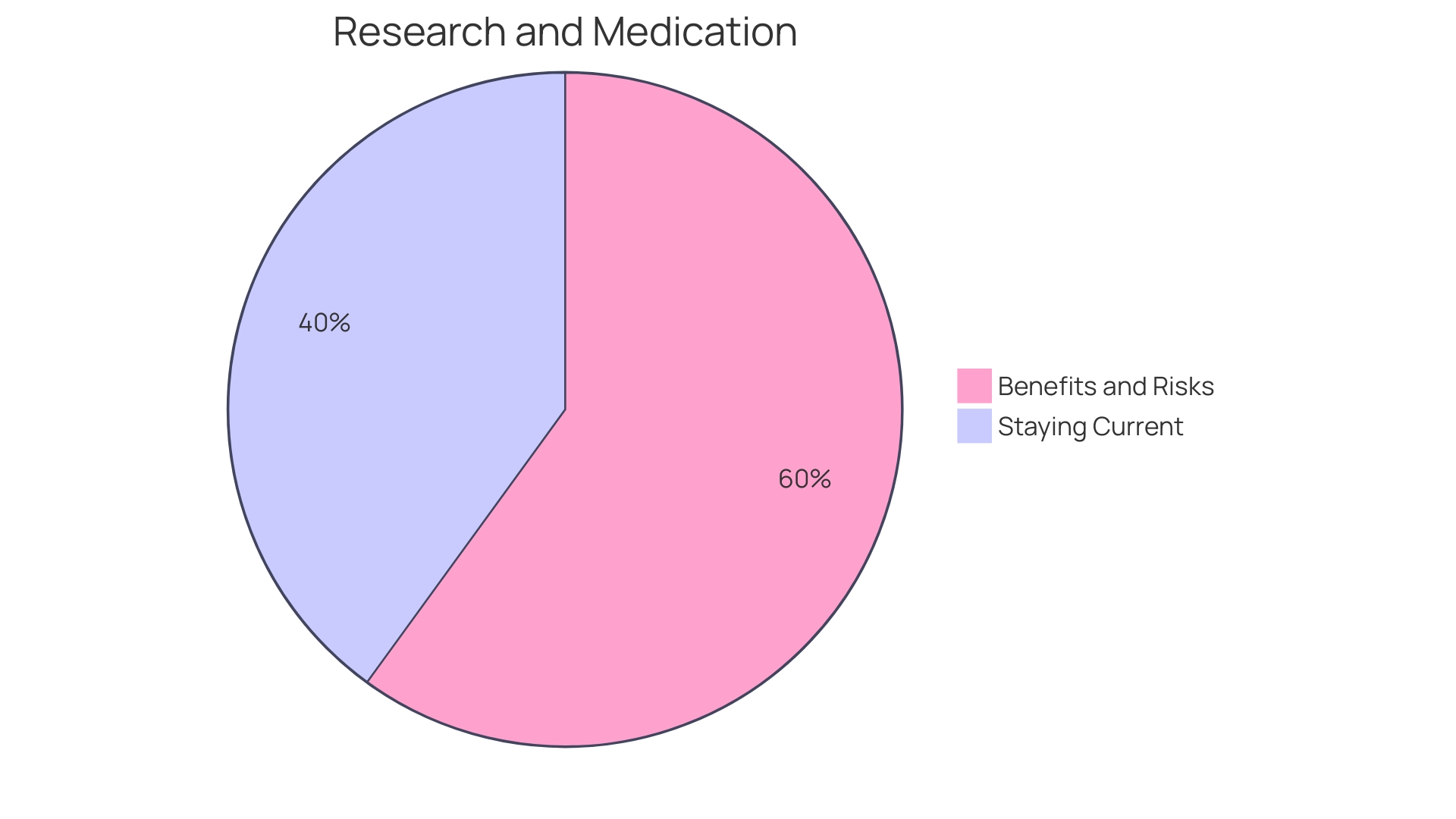Introduction
Severe autism, a distinct subset of autism spectrum disorder (ASD), presents unique challenges for individuals and their families. From profound difficulties in social communication and behavior to sensory sensitivities and repetitive behaviors, individuals with severe autism require specialized support and interventions. This article delves into the characteristics and symptoms of severe autism, explores strategies for supporting children with this condition, and highlights therapeutic interventions and treatments that can improve their quality of life.
By understanding the complexities of severe autism and staying informed about recent research and resources, parents and caregivers can empower themselves to provide the best care for their children.
Defining Severe Autism
Severe autism, part of the broader autism spectrum disorder (ASD), is distinguished by profound difficulties in social communication and behavior. Those with severe autism face obstacles that can be more intense than the challenges encountered by individuals with milder forms of ASD. Recognizing the traits of severe autism is vital for delivering tailored support and interventions. These individuals may have substantial speech and language delays, may not speak at all, or may have significant difficulty with understanding and using language. They also typically exhibit repetitive behaviors and have a strong preference for routines and sameness, which can be disrupted with great distress.
Moreover, sensory sensitivities are common, ranging from over-sensitivity (hypersensitivity) to under-sensitivity (hyposensitivity) to various stimuli, affecting their responses to sounds, lights, and touch. This calls for environments that accommodate their sensory needs. Behavioral challenges can be pronounced, including difficulties with change or transitions, which may lead to frustration and, in some cases, aggressive or self-injurious behavior. Understanding these aspects of severe autism helps in creating effective strategies for care, education, and intervention.
Research and studies play a critical role in shaping the interventions and support systems for individuals with severe autism. Advances in this field are often driven by randomized controlled trials and quasi-experimental studies that inform the practices of clinicians and caregivers. For instance, the Kevin and Avonte Program, initiated to address the risk of wandering and elopement in individuals with ASD, is a reflection of how specific challenges are being recognized and addressed with targeted solutions and funding.
To ensure that those with severe autism receive the best possible care, continuous research, awareness, and policy-making efforts are required. Organizations such as the Interagency Autism Coordinating Committee (IACC) strive to enhance the coordination across various federal agencies and with the autism community to improve outcomes. Despite the significant investment in autism research and services, the need for maintaining and expanding support remains a pressing issue that requires attention and advocacy, particularly as we approach the reauthorization of the Autism CARES Act.

Symptoms of Severe Autism
While each person with autism experiences the condition uniquely, those with severe autism often face significant challenges in social interaction and communication. Their ability to engage in conversations, recognize nonverbal cues, and establish eye contact can be extremely limited. Repetitive behaviors and strict adherence to routines are common, along with pronounced difficulties in processing sensory information. Additionally, they may encounter a range of co-occurring medical and behavioral issues.
Understanding autism as a spectrum allows us to appreciate the wide variability in how individuals are affected and function. The term 'neurodiversity' captures the range of differences in brain function across the population, with 'neurodivergence' including autism and other neurodevelopmental conditions. Autism's manifestations are diverse, and while it is defined by a set of behaviors, the intensity and impact of these behaviors can vary greatly.
The profound challenges faced by individuals with severe autism, sometimes referred to as 'profound autism,' can place them at a greater risk of stigma and marginalization. It's critical to recognize that over a quarter of children with autism in the U.S. meet the criteria for profound autism, highlighting the need for targeted support and interventions.
Clinicians and researchers are continuously refining their approaches to studying and treating autism, employing rigorous methods like randomized controlled trials to determine the effectiveness of various interventions. Studies on social communication, such as understanding the nuances between genuine and posed smiles, are vital in shaping our comprehension of autism's impact on social interactions.
With the knowledge that autism prevalence is as high as 1 in 36 individuals, early diagnosis and intervention become paramount. This early support can significantly improve the quality of life, not only for those with autism but also for their families and caregivers. As research evolves, so too does our understanding of autism, enabling more people to live full and enriched lives despite the challenges they may face.

Strategies for Supporting Children with Severe Autism
Caring for children with severe autism is a multifaceted effort that requires personalized strategies. To improve their quality of life, early diagnosis and timely intervention are imperative. Timely access to therapies can make a significant difference in developmental outcomes.
Consistency in their daily environment provides comfort and reduces anxiety for individuals with severe autism. Establishing predictable routines and using visual schedules are effective ways to offer this stability.
Visual aids remain a cornerstone in aiding communication and understanding for those with severe autism. Tools like social stories and visual cues can clarify expectations and assist in navigating everyday tasks.
For those with limited verbal abilities, augmentative and alternative communication (AAC) systems can be a lifeline. Tailoring these communication strategies to the individual's unique needs is key.
Sensory challenges are common, and accommodations should be made to help manage sensory input. Quiet spaces and sensory tools can mitigate overstimulation and promote a sense of calm.
A collaborative approach, involving parents, educators, therapists, and other professionals, ensures a unified and effective support system. Open lines of communication and joint decision-making are crucial for consistency in care.
In the backdrop of an autism assessment and support crisis, recommendations call for a shift from a 'diagnosis-led' system to a 'needs-led' approach. Early identification and prompt support without awaiting diagnosis can prevent poor long-term outcomes, such as mental health issues or educational exclusion.
As emphasized by Dr. David (Dan) R. Offord, the equitable participation of children with disabilities in all aspects of life is essential for mental health and societal equity. By recognizing the unique contributions and challenges of autistic children, reducing stressors, and equipping caregivers with necessary resources, we can make significant strides in supporting their development and family well-being.
Autism brings with it continuous learning and the need to stay abreast of new findings and therapies. Parents and caregivers must critically assess the benefits and risks of treatments and medications, armed with knowledge from verified sources and expert guidance. As one parent noted, 'Research can be never-ending,' underscoring the ongoing commitment to understanding and supporting children with autism.

Therapeutic Interventions and Treatments
Autism, a complex neurodevelopmental condition, is characterized by a spectrum of behaviors, affecting individuals differently and to varying degrees. Recognizing the uniqueness of each person with autism, various therapeutic interventions are tailored to address their specific needs. Among these, Applied Behavior Analysis (ABA) is a leading evidence-based method aimed at enhancing functional skills and minimizing challenging behaviors through consistent, strategic interventions. Speech and language therapy is another crucial intervention, focusing on augmenting communication abilities such as speech production and comprehension, as well as social communication skills. Occupational therapy plays a significant role by improving daily living skills, sensory processing, and motor skills, with the ultimate goal of fostering independence and an enriched quality of life. Additionally, social skills training equips individuals with the tools necessary to navigate social contexts, interpret cues, and foster meaningful social connections. In some situations, medication might be prescribed to manage specific symptoms or coexisting conditions, always under careful medical supervision.
The effectiveness of these interventions is supported by a growing body of research indicating the importance of early diagnosis and treatment. The Autism Community in Action (TACA), a national nonprofit organization, emphasizes that timely behavioral therapy can markedly improve outcomes. Innovative diagnostic tools are being developed to identify autism spectrum disorder (ASD) at the earliest possible age, addressing the community's urgent need and shortening the often prolonged journey to diagnosis. With autism estimated to affect as many as 1 in 36 individuals, understanding and implementing effective treatment strategies is more critical than ever. While the exact cause of autism remains unknown, brain structure and function differences have been noted, and ongoing research continues to explore potential genetic and hereditary links. It is important to dispel misconceptions, such as the association between vaccines and autism, and focus on evidence-based care and support.
Conclusion
Individuals with severe autism require specialized support and interventions to overcome their unique challenges. Research and studies play a critical role in shaping interventions and support systems, informing the practices of clinicians and caregivers. Recognizing the symptoms of severe autism is crucial for targeted support and interventions.
Strategies such as consistency in the daily environment, visual aids, and accommodations for sensory challenges are important for supporting children with severe autism. Therapeutic interventions like Applied Behavior Analysis (ABA), speech and language therapy, occupational therapy, and social skills training can make a significant difference in their quality of life. Early diagnosis and intervention are key in enhancing functional skills and minimizing challenging behaviors.
By understanding the complexities of severe autism and staying informed about research and resources, parents and caregivers can empower themselves to provide the best care for their children. With targeted support and interventions, individuals with severe autism can lead fulfilling lives and overcome the challenges they face.




